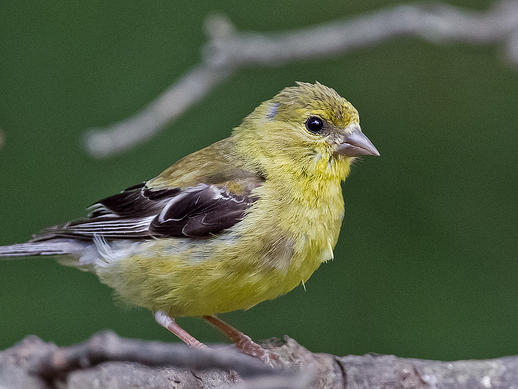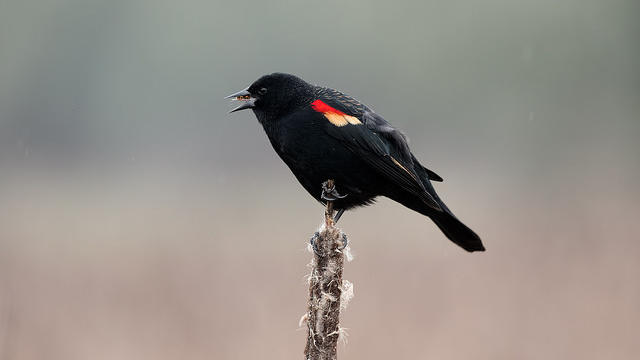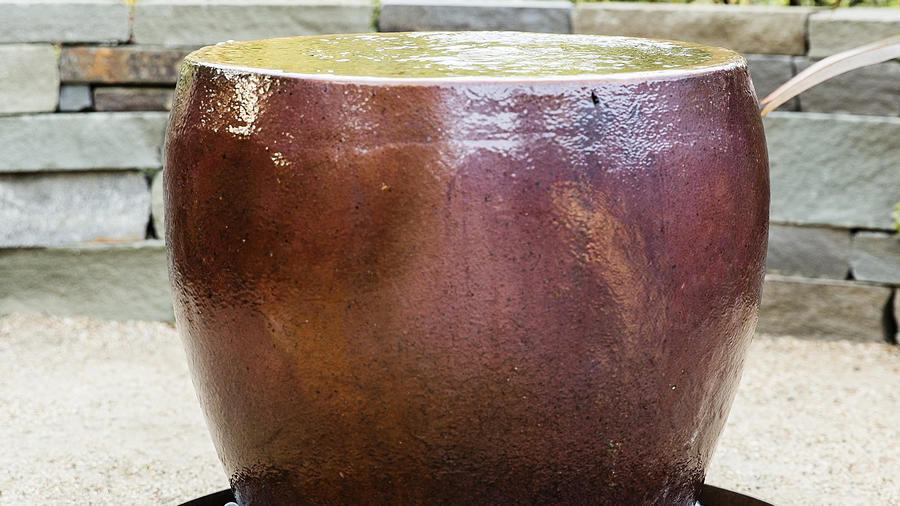
10 Great Tips for Feeding Backyard Birds
Are you one of the estimated 40.5 million people who participate in backyard birding? If so, you nerd! Just kidding. If so, make sure y…

Photo by Ehpien
Are you one of the estimated 40.5 million people who participate in backyard birding? If so, you nerd! Just kidding. If so, make sure you’re doing all you can to draw in those feathered friends and keep them healthy during these dry times.
This post comes to us from two Washingtonians—John Marzluff, wildlife sciences professor, wild bird expert and author of the new book, Welcome to Suburdia—watch the fascinating trailer to his book—and Ed Mills, expert birder and co-founder of Audubon Park Wild Bird Food
1. Lose the lawn or go organic with lawn care
Perennial planting beds are far more diverse (and thus have more habitat and food) than a large swathe of grass. Alternatively, mow it less often, and skip the fertilizers and pesticides which can be toxic to birds. Organic lawn translates to more absorbent soil. Translation? You’ll save on water, too. use less water, too.
2. Lay off of the chemicals
Forgo insecticides and embrace bugs and insects, an important food source for wild birds.
3. Provide food
Supplying food helps support birds as they are raising their young, plus it mitigates the effects that drought, severe weather, and human development has on their natural food supply. You can always make your own bird feeder.
4. Add suet
Suet is a cake of hard fat from the kidneys of cattle and sheep, mixed with seeds, grains, nuts and fruit. It’s incredibly nutritious for birds. Be sure to refrigerate or freeze suet prior to placing outside and don’t place suet in direct sunlight.
5. Clean up
Clean feeders every week to prevent the spread of illness. Summer rains and humidity can cause mold and bacteria build up.
6. Limit portions
Don’t overfill your feeder. Offer what your freathered friends can finish in one week.
7. Careful with glass
Don’t place feeders too close to windows to help prevent deadly collisions.
8. Don’t forget the water
Having a dish of water or a recirculating fountain is so important in dry times. Be sure to replenish often!
9. Make foodie birdies
Do choose high-quality seed, nectar and suet that is made-in-the-USA to keep our wildlife healthy.
10. Be a good host
Find the birds in your region using this map and feed them their favorite foods.
How to Paint a Wall with Limewash
Add richness, depth, and dimension to a room with this limewash wall paint technique.
0 seconds of 55 secondsVolume 0%
Press shift question mark to access a list of keyboard shortcuts
Keyboard Shortcuts
Shortcuts Open/Close/ or ?
Play/PauseSPACE
Increase Volume↑
Decrease Volume↓
Seek Forward→
Seek Backward←
Captions On/Offc
Fullscreen/Exit Fullscreenf
Mute/Unmutem
Decrease Caption Size-
Increase Caption Size+ or =
Seek %0-9
Next Up
How to Build a Raised Bed
03:26



